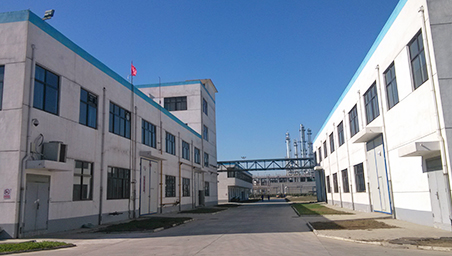
News
Jul . 09, 2024 03:00 Back to list
Development of biofilms using polyaspartic acid for surface protection and antimicrobial properties
Polyaspartic acid (PAA) is a biodegradable polymer that has gained significant attention due to its potential applications in various fields, including medicine, environmental protection, and industrial processes. One promising area of research involving PAA is the formation of biofilms.
Biofilms are complex communities of microorganisms that adhere to surfaces and produce a protective extracellular matrix. They are commonly found in nature, especially on medical devices, water distribution systems, and food processing equipment. Biofilms can cause serious problems, such as infections and biofouling.
Studies have shown that PAA can act as an excellent coating material to inhibit biofilm formation. Its unique chemical structure, with multiple carboxylic acid groups, allows it to interact with surfaces and create a barrier that prevents bacteria from attaching and growing. This anti-biofilm property of PAA offers a promising solution for combating biofouling and preventing infections associated with medical implants.
Moreover, PAA has been shown to have antimicrobial properties, further enhancing its ability to prevent biofilm formation. Its ability to disrupt bacterial cell membranes and inhibit cell growth makes it an attractive candidate for developing antimicrobial coatings for medical devices and industrial equipment.
In addition to its anti-biofilm and antimicrobial properties, PAA is also known for its biocompatibility and biodegradability

polyaspartic acid biofilms. This makes it a safe and environmentally friendly option for various applications. Unlike conventional anti-biofilm agents that can be toxic to humans and the environment, PAA offers a sustainable alternative that can effectively reduce the formation of biofilms without causing harm. Furthermore, PAA-based biofilms have potential applications in drug delivery systems and tissue engineering. The ability of PAA to form stable coatings on surfaces makes it an ideal candidate for controlled drug release applications. By incorporating drugs into PAA biofilms, it is possible to create long-lasting drug delivery systems that can be used for treating various medical conditions. Overall, the development of PAA-based biofilms holds great promise for addressing the challenges associated with biofouling, infections, and other biofilm-related problems. As researchers continue to explore the unique properties of PAA and its applications in various fields, it is clear that this biodegradable polymer has the potential to revolutionize the way we approach biofilm prevention and control. Whether it is in the medical field, environmental protection, or industrial processes, PAA biofilms offer a sustainable and effective solution for combating biofilm-related issues.

polyaspartic acid biofilms. This makes it a safe and environmentally friendly option for various applications. Unlike conventional anti-biofilm agents that can be toxic to humans and the environment, PAA offers a sustainable alternative that can effectively reduce the formation of biofilms without causing harm. Furthermore, PAA-based biofilms have potential applications in drug delivery systems and tissue engineering. The ability of PAA to form stable coatings on surfaces makes it an ideal candidate for controlled drug release applications. By incorporating drugs into PAA biofilms, it is possible to create long-lasting drug delivery systems that can be used for treating various medical conditions. Overall, the development of PAA-based biofilms holds great promise for addressing the challenges associated with biofouling, infections, and other biofilm-related problems. As researchers continue to explore the unique properties of PAA and its applications in various fields, it is clear that this biodegradable polymer has the potential to revolutionize the way we approach biofilm prevention and control. Whether it is in the medical field, environmental protection, or industrial processes, PAA biofilms offer a sustainable and effective solution for combating biofilm-related issues.
Latest news
-
Polyaspartic Acid Salts in Agricultural Fertilizers: A Sustainable Solution
NewsJul.21,2025
-
OEM Chelating Agent Preservative Supplier & Manufacturer High-Quality Customized Solutions
NewsJul.08,2025
-
OEM Potassium Chelating Agent Manufacturer - Custom Potassium Oxalate & Citrate Solutions
NewsJul.08,2025
-
OEM Pentasodium DTPA Chelating Agent Supplier & Manufacturer High Purity & Cost-Effective Solutions
NewsJul.08,2025
-
High-Efficiency Chelated Trace Elements Fertilizer Bulk Supplier & Manufacturer Quotes
NewsJul.07,2025
-
High Quality K Formation for a Chelating Agent – Reliable Manufacturer & Supplier
NewsJul.07,2025
